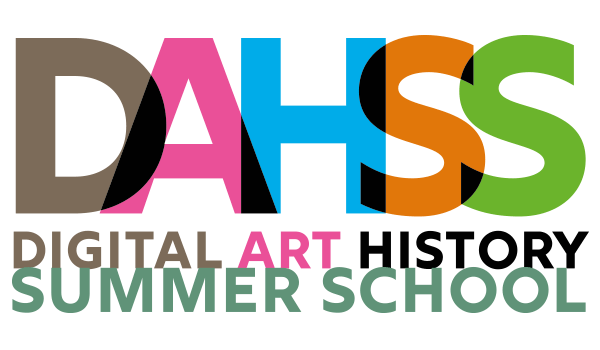How might the ability to access and process thousands of data tell new stories related to artistic and visual culture? How might we display such new stories according to unprecedented narrative models?
This course forms part of the memorandum of understanding signed by the University of Málaga and the University of Berkeley for the joint organization of training activities in the field of Digital Humanities and Digital Art History.
The so-called digital turn involves a dramatic paradigm shift which entails profound transformations in those processes related with the access, production, distribution and communication of knowledge. Hence, a new epistemological order is currently emerging. That is the reason for which it is said that the digital turn does not represent new ways of doing the same things with the assistance of the technology, but rather new ways of thinking and understanding, and also new ways of creating, recreating, communicating, representing and interpreting.
This new scenario involves important disciplinary changes that particularly affect the field of artistic and visual culture. Given the incessant digitization effort made in the last decades and the recent proliferation of open data and linked open data initiatives undertaken by museums, libraries and archives, at present, large sets of images, materials and data of all kinds are at our disposal to be used for many different purposes. As a result, we face a new context that creates unprecedented opportunities to refund the empirical and interpretive bases of the art-history and visual studies, but that also implies significant challenges that can only be tackled from an interdisciplinary approach.
One of the main questions that we should ask ourselves is: how might we use this enormous amount of digital material to produce new knowledge in the fields of artistic and visual culture? In which sense the possibility to process thousands of data involves a paradigm shift with respect to our traditional interpretative models and research practices?
On the other hand, this new scenario also entails –as said above- new ways of communicating and representing. Digital media -transitive, interactive and hypermedia by nature- demand a redefinition of the models of discourses and the representation forms that we have used so far, determined by the print culture formats and by the book as specific artefacts. Currently, however, videos, interactive visualizations, dynamic cartographies, transformative images… are all of them part of the new digital environment where the discourses unfold.
The need to redefine the writing practices and the models of discourses that have governed the field of Art History and visual culture to date requires a proper understanding of the digital media logic and languages. And this is precisely where the convergence of a variety of fields might be very fruitful. For example, the creative practices of new media artists, the projects developed by electronic literature practitioners, the proposals elaborated by graphical designers and experts on user experiences, etc., might be very inspiring for the discourses redefinition processes that we have ahead.
Naturally, this involves that art historians and experts on visual culture need to acquire new skills, but, in turn, never before has written art history and visual culture been transformed into such a creative adventure as now.
The main purpose of DAHSS is to face all these challenges, as well as to configure a framework for critical reflection and transdisciplinary learning in order to contribute to the development of the training infrastructures that the epistemological and methodological transformations associated with the digital turn are claiming.

